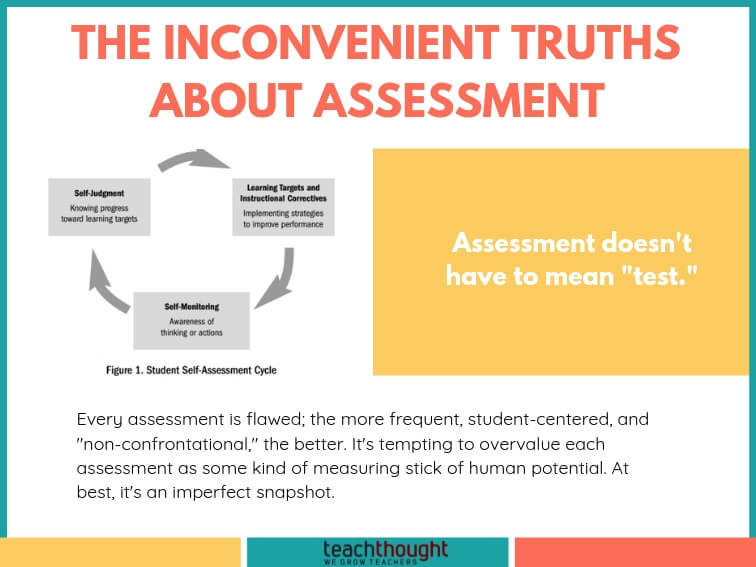
School leaders are time starved. That’s the nature of the job. We can give everything to our work, and the job will still ask for more. Researchers have found that years of experience correlate with better success for principals; however, at the same time, they found that principals are leaving the profession at higher rates than before. I believe that time starvation is a large contributor to this retention problem. To combat this crisis, I offer two time management ideas for moving from surviving to thriving as a school leader: considering the return on your time and actively centering balance in your life. These two topics play off of each other, forming a cycle that supports leaders’ success.
1. RETURN ON YOUR TIME
Taj Jensen has said, “There is no endpoint as a school leader.” To increase the return on the time that you invest in your daily job, center your attention on three areas of focus: your priorities, locus of control, and use of delegation.
The more you harness these ideas during the workday, the more these practices will increase the amount of work that can be done in a day—and ensure that you have space to leave work and recharge.
Get clear on priorities. The leaders who get the most done in a day truly understand what the most important tasks are, and why. Where should a principal’s focus be? The Wallace Foundation has found that four areas of school leaders’ focus have the highest impact on students: engaging in instructionally focused interactions with teachers; building a productive school climate; facilitating collaboration between teachers and professional learning communities; and managing personnel and resources strategically.
Once you have your priorities, you need to be efficient in realizing them. My favorite productivity resources are Ben Meer’s 75 Smart Productivity Hacks and Michael Hyatt’s book Free to Focus.
Control what you can. Not working on the weekend is a great way to recharge. That said, spending 15 weekend minutes reviewing your calendar for the week ahead can be greatly beneficial. What are your nonnegotiables for the week, outside of school? What are your work meetings, observations, etc.? Plan the rest of your week around sleep, social commitments, exercise, etc. Lastly, decide what you are going to say no to (this may be the hardest part!).
When a principal puts something on their calendar, there is always the prospect that something unexpected will come up—a parent meeting, an administrative task—that derails the entire day. Think, in this quiet weekend moment, about how you will deal with those situations in a way that keeps your priorities centered.
Empower others and delegate. One way to plan for the unexpected is to create intentional systems that empower other people so that you, as principal, can focus on the high-impact areas of your work. One such example is the “first responder system.” A first responder system helps community members determine the primary person who should address a given issue; it ensures that the principal isn’t always the first person people go to.
To keep everyone on the same page, teachers and administrators should discuss this system at an all-staff meeting and then post it wherever the school keeps resources, such as on a digital hub, in the staff room, etc.
2. ACHIEVING WORK-LIFE BALANCE
The idea of balance is crucial to getting more done in your day. When you take care of yourself and your family, you’re in a better place to take care of your teachers and students. But too often, “take care of yourself” is an abstract edict—it feels cliché and doesn’t mean much.
Leaders need to demonstrate what this phrase means and be the example not only for their own longevity but for the people who work for them. Here are three ways to do so:
Get in alignment. Leaders who understand their core values have an easier time getting into alignment—meaning finding congruity between their values, goals, and passions. For example, if you actively articulate that one of your core values is family, it will be easier to leave work at a certain time each day to ensure that you are living up to one of your values. Being the example, as stated above, is another way to demonstrate your alignment. Leaders who are aligned set the tone for the entire building.
Be present. When you are at work, be at work. Be extremely focused on the task at hand. Then, when you are home, be fully home. Do not try to be in multiple places at once, because when you do so, no one gets your full attention. Some leaders may feel a sense of guilt if they are at home watching a movie with their children while an event goes on at school. However, this is an example of a moment when delegation can provide support—by trusting that selected teachers will do a good job in your absence, you spread responsibility and allow time for rest.
Exercise, nutrition, and sleep. When you are stretched too thin and are doing too much at work and at home, both areas are going to suffer. We are professionals, and to be at our best, we need sleep, exercise, and good nutrition and hydration. All of these things help improve our ability to perform professionally. Researchers give three suggestions for principals to improve their quality of sleep: sleep hygiene (healthy diet, exercise, and eliminating nighttime snacking and alcohol); phone hygiene (limiting time on screens at night due to the impacts of blue light exposure); and practicing positive thinking before drifting off to sleep. These habits will lead to better health and more productivity in your workday.
I am in the middle of my own journey shifting from being a time-starved school leader who survives to a more balanced leader who thrives. This job is important and meaningful, and we need to find ways to make it more sustainable. Enacting the individual interventions above can inspire others to do the same, creating cascading change.



